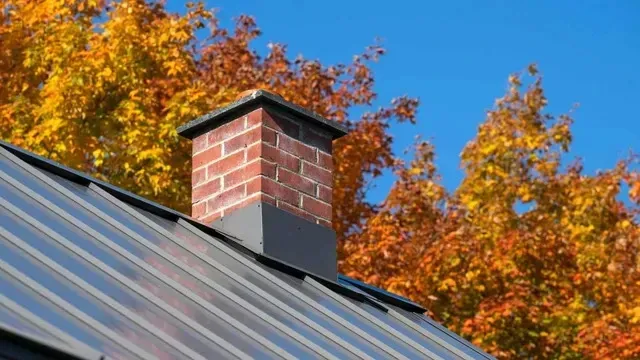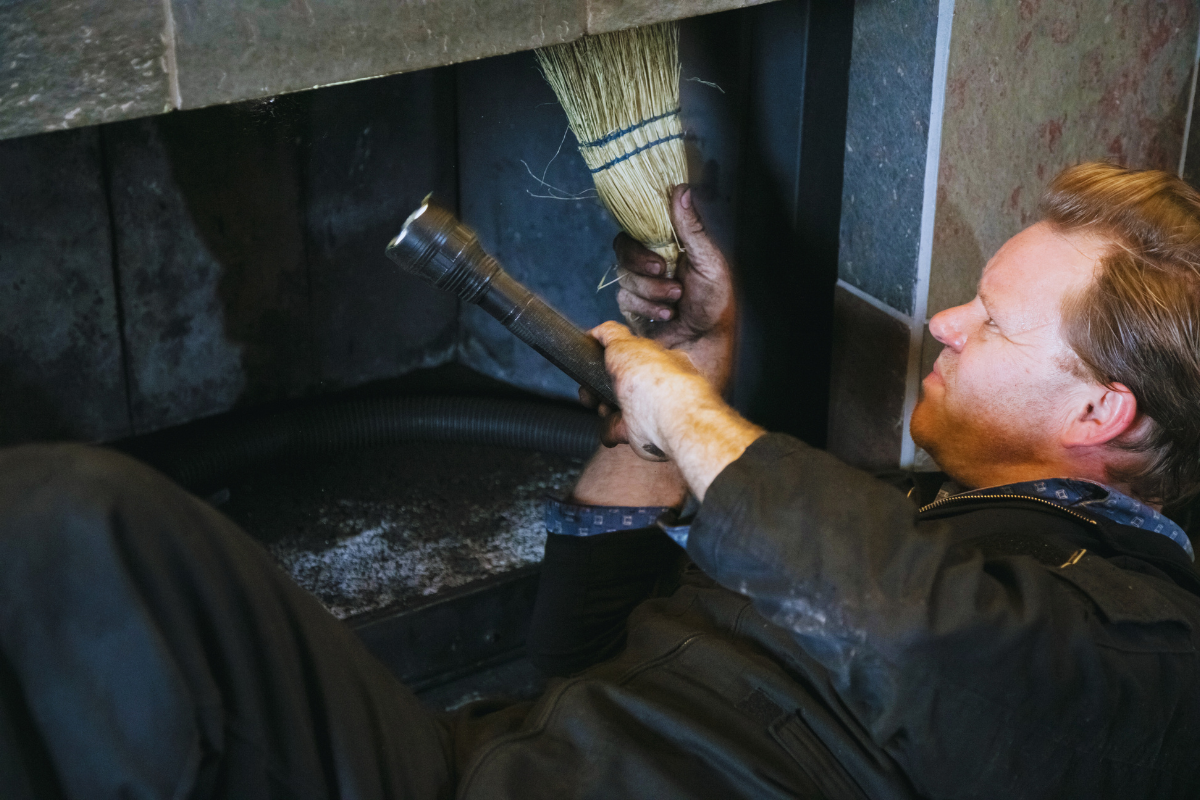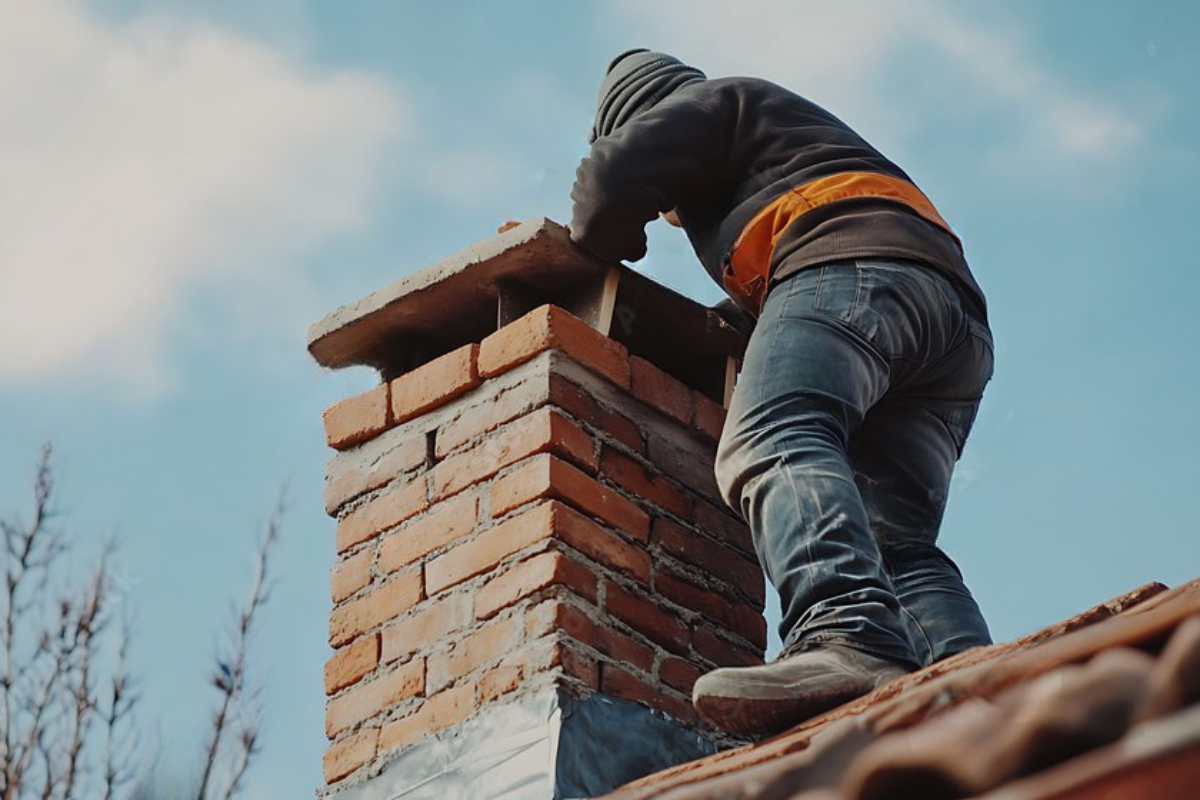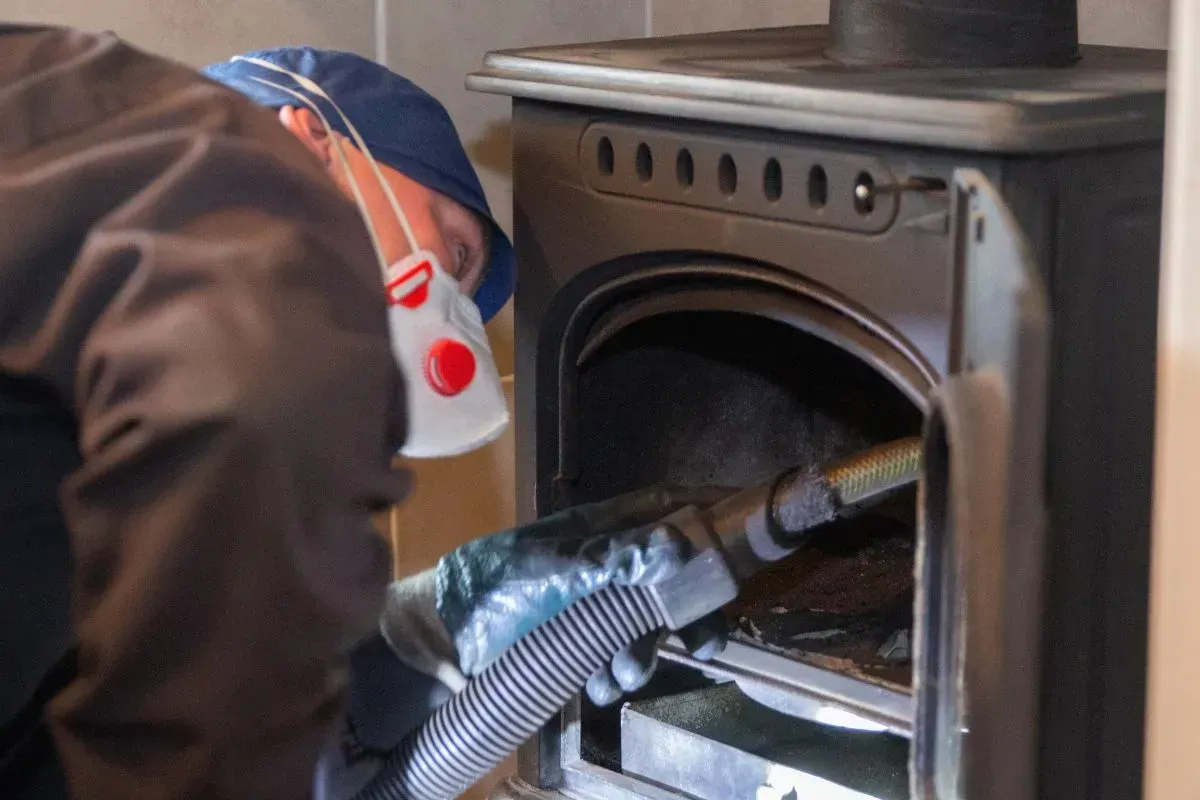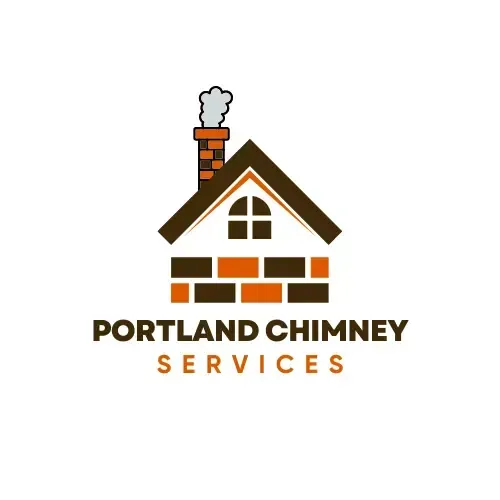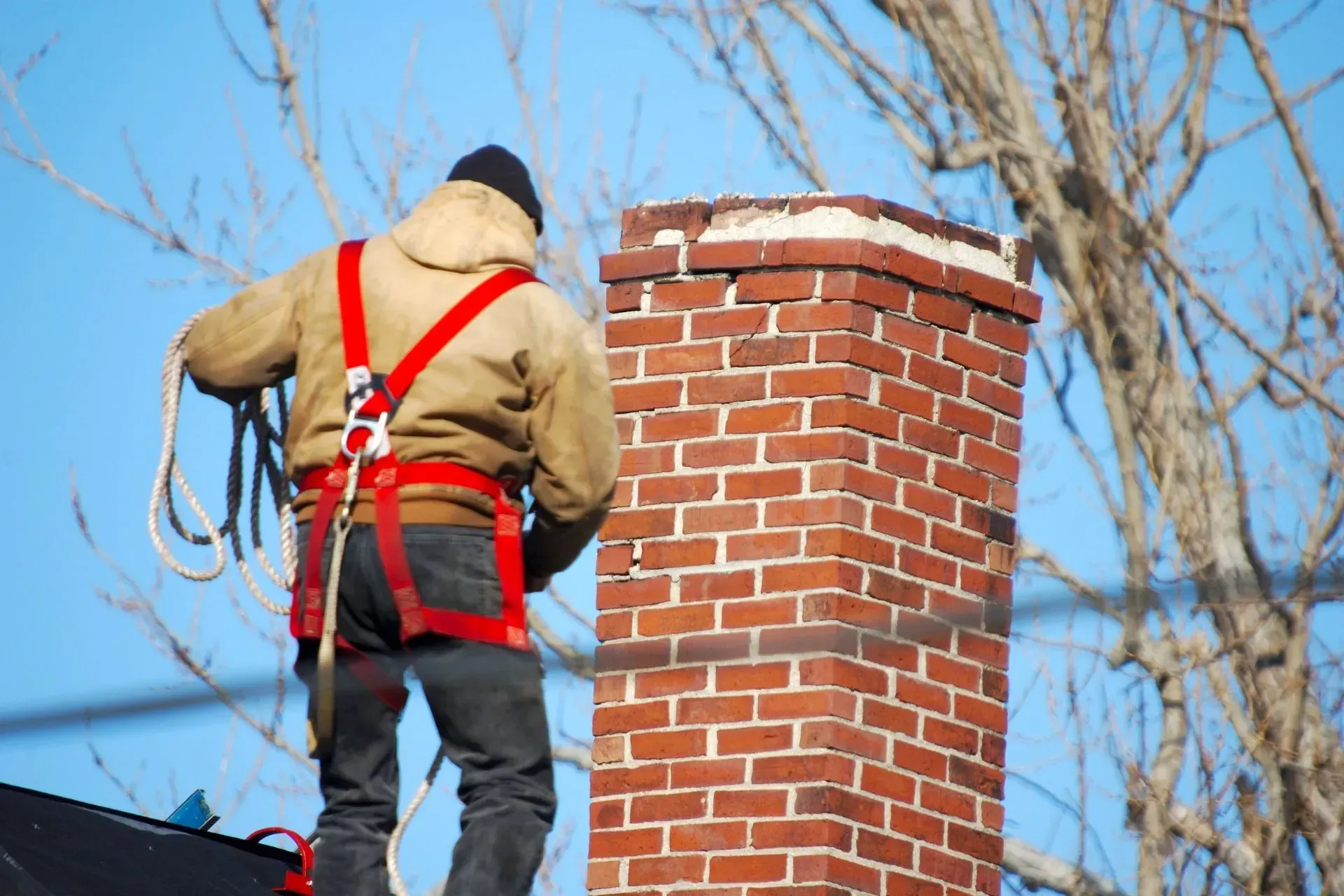A chimney leak happens when water enters the chimney system through damaged masonry, a broken crown, faulty flashing, or other vulnerable areas. While brick and mortar may seem solid, they’re actually porous, and without proper sealing or maintenance, they can absorb water over time.
Left unchecked, a leak can cause damage both inside and outside your home. From peeling paint to crumbling bricks, each clue tells a story about where water is getting in.
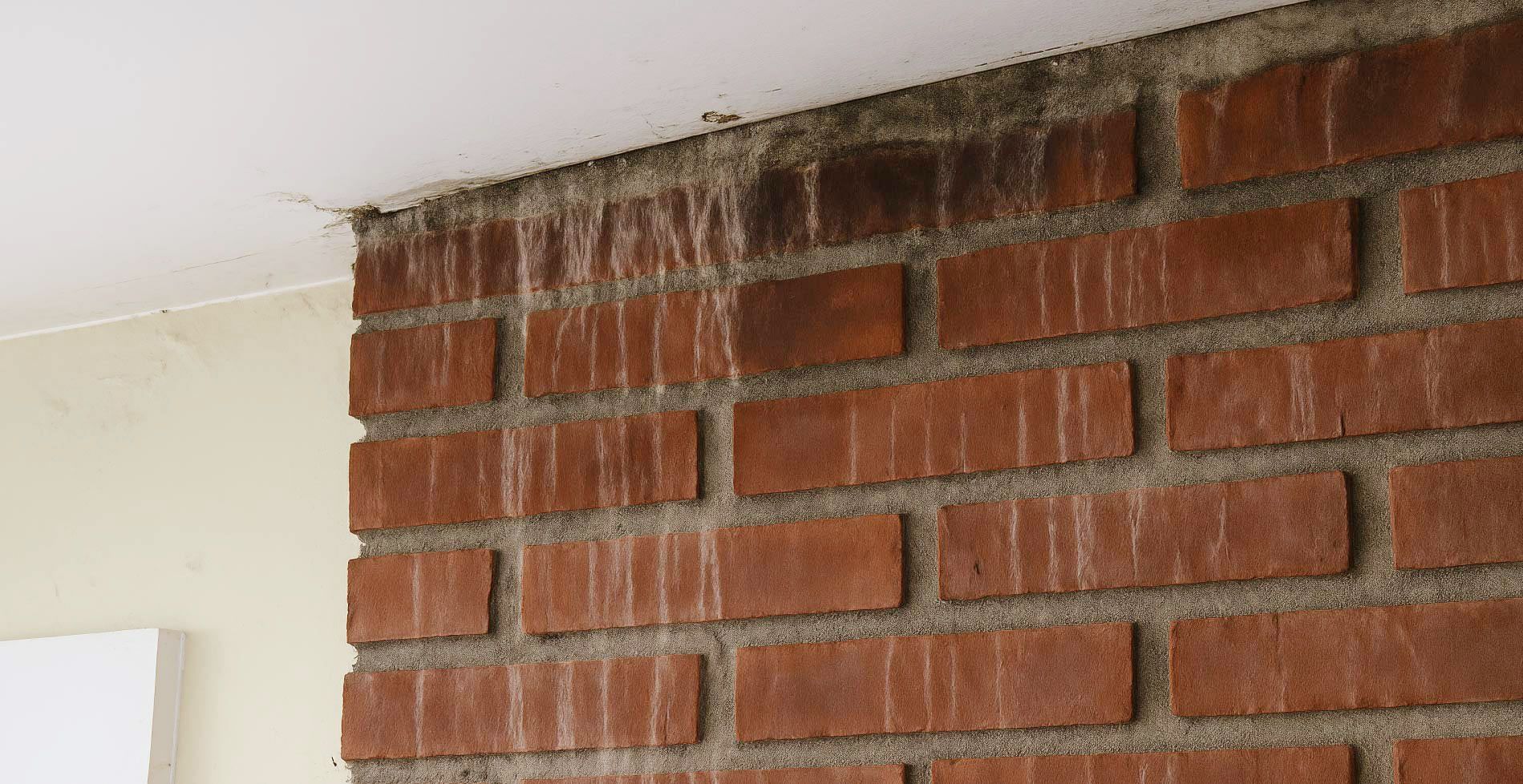
Introduction
A chimney is more than just a charming feature on your home — it’s a key part of your fireplace system that channels smoke safely outside. But like any structure exposed to the elements, it’s vulnerable to wear, damage, and, most importantly, leaks. A chimney leak might start small, but if ignored, it can cause costly structural damage, mold growth, and even health hazards.
Spotting the warning signs early is crucial. The challenge? Leaks don’t always make themselves obvious right away. Sometimes, you’ll notice subtle symptoms long before you see an actual drip of water. This guide will walk you through the clear signs to watch for, the common causes, and what to do if you suspect your chimney is leaking.
Water Stains on Walls and Ceilings Near the Chimney
If you notice brownish or yellow stains on walls or ceilings close to your chimney, it’s often a red flag for a leak. These stains form when water seeps through the chimney structure and into your home’s interior materials.
The location of the stain can sometimes pinpoint the source of the leak. For example, stains high on the wall near the ceiling may suggest a flashing problem, while stains lower on the wall could be linked to mortar damage.
Damp or Musty Odors in the Fireplace
When moisture gets into your fireplace flue, it creates a damp, musty smell — sometimes similar to wet socks or old books. This odor usually gets worse after rain.
If you smell this scent even when the fireplace isn’t in use, it’s a good indicator that moisture is present somewhere inside the system. Mold spores may also be growing in hidden areas, making the odor more intense.
Cracked or Missing Chimney Crown
The chimney crown is the concrete slab or metal top that seals the top of the chimney and keeps rain out. Over time, exposure to sun, wind, and freezing temperatures can cause it to crack.
Even small cracks can allow water to seep into the masonry below. If the crown is missing entirely or badly damaged, water can pour straight down into the flue every time it rains.
Efflorescence on Chimney Bricks
Efflorescence appears as a white, powdery substance on your chimney’s exterior bricks. It’s caused by water moving through the masonry and bringing soluble salts to the surface.
While it may seem harmless, it’s actually a clear sign that moisture is being absorbed into the chimney — and escaping somewhere it shouldn’t.
Rust in the Firebox or Damper
Metal components like the firebox or damper shouldn’t show signs of rust. If they do, it’s likely that water is entering the chimney from above.
Rust doesn’t just look bad — it weakens the metal, making it harder to operate your damper and compromising safety when you light a fire.
Peeling Paint or Wallpaper Around the Chimney
When walls near the chimney stay damp, the moisture breaks down the adhesive behind paint and wallpaper. The result is peeling, bubbling, or blistering surfaces.
This kind of damage usually means the leak has been ongoing for some time. By the time paint starts to bubble, water has already soaked through layers of drywall or plaster.
Spalling Bricks or Mortar Deterioration
Spalling occurs when the surface of a brick flakes or crumbles due to repeated freeze-thaw cycles. Water gets inside the brick, freezes in cold weather, and expands — causing the brick to break apart.
If you see piles of brick fragments or crumbling mortar at the base of your chimney, it’s a sign that water damage is well underway.
Pooling Water in the Fireplace
Few signs are as obvious as seeing actual water inside the fireplace. This typically happens during or right after heavy rainfall.
Pooling water can cause rapid rusting, damage to the firebox, and unpleasant odors. It also means that the leak is active and needs immediate attention.
Mold or Mildew Growth
Moisture and darkness create the perfect conditions for mold and mildew. If you see fuzzy patches or discoloration around the chimney area — inside or outside — it’s a serious warning sign.
Not only can mold damage your home, but it also poses health risks, especially for people with allergies or respiratory issues.
Causes of Chimney Leaks
Chimney leaks can result from several different problems:
- Damaged flashing — The metal that seals the joint between the chimney and roof can loosen or corrode.
- Cracked chimney crown — Allows rainwater to flow directly inside.
- Faulty chimney cap — Without a cap, rain, snow, and debris enter freely.
- Porous bricks and mortar — Unsealed masonry can absorb and retain water.
- Condensation issues — Poor ventilation can cause water to form inside the chimney.
How to Confirm a Chimney Leak
If you suspect a leak but aren’t sure, a thorough inspection is your best bet. You can start with a visual check — looking for cracks, stains, or missing parts — but the most reliable method is to have a professional inspection.
A trained technician from a trusted Chimney Service can use specialized tools and techniques to pinpoint the leak’s exact source.
Preventing Future Chimney Leaks
The best way to deal with chimney leaks is to prevent them from happening in the first place:
- Install or replace a chimney cap.
- Seal masonry with a waterproofing treatment.
- Inspect and repair flashing annually.
- Maintain the chimney crown.
- Have regular professional inspections.
Professional vs. DIY Leak Repairs
While minor issues — like resealing small cracks — can be tackled by experienced DIY homeowners, most chimney leaks require professional intervention.
Pros bring ladders, safety gear, and years of experience, reducing the risk of injury and ensuring repairs are done right the first time. DIY attempts without the proper know-how can make matters worse.
When to Contact a Chimney Professional
You should seek professional help immediately if:
- Water is pooling inside your fireplace.
- You see structural damage to bricks or mortar.
- Mold growth is present.
- The leak worsens after heavy rainfall.
You can quickly reach a trusted local expert using this Contact link.
FAQs About Chimney Leaks
What’s the most common cause of chimney leaks?
Damaged or improperly installed flashing is one of the leading causes, though cracked crowns and missing caps are also common culprits.
Can chimney leaks cause roof damage?
Yes. Leaks can spread from the chimney to the surrounding roof structure, causing rot and mold in roof decking and rafters.
Do chimney leaks always leave visible water inside the fireplace?
No. Many leaks cause damage behind walls or above ceilings before water ever reaches the firebox.
How often should I have my chimney inspected?
At least once a year, preferably before the start of the burning season.
Is waterproofing a chimney worth it?
Absolutely. A breathable masonry sealer can significantly reduce water absorption without trapping moisture inside.
Can I use my fireplace if the chimney leaks?
It’s best not to. Moisture can damage internal components and create unsafe conditions when lighting a fire.
Conclusion
A leaking chimney may seem like a minor nuisance, but it can quickly turn into a costly repair if ignored. By watching for the signs — from musty odors to crumbling bricks — and acting quickly, you can protect your home and health.
Regular inspections, proper maintenance, and timely repairs are the keys to keeping your chimney safe, dry, and functional year-round. And when in doubt, call a professional — your home’s safety is worth it.
